Necessary Always Active
Necessary cookies are required to enable the basic features of this site, such as providing secure log-in or adjusting your consent preferences. These cookies do not store any personally identifiable data.
|
||||||
|
||||||
|
||||||
|

Technology has solved many of the world’s problems, but it has also created new ones. Early innovations gave us convenience and progress, but they also led to pollution, waste, and environmental challenges. As we seek solutions to reduce waste and pollution, green technologies in sustainable engineering offer practical solutions to tackling environmental challenges.
The latest technology trends focus on using natural resources to improve traditional engineering methods. These trends emphasize sustainability and aim to minimize environmental impact. By embracing these advancements, we can work toward a future that values efficiency, sustainability, and environmental health.
At the end of this article, you will understand why we need to reimagine tomorrow with sustainable engineering. You will also see real life examples of green technologies in sustainable engineering, and future trends to reduce carbon emissions and achieve a circular economy.
Sustainable engineering refers to the ability to design new innovative products that solve present needs without compromising the capacity of future generations to meet their own needs. It uses energy and resources sustainably to address the complex challenges of our time and to achieve global climate goals.
One key principle of sustainable engineering you need to know is embracing cutting-edge technologies and innovative solutions to reduce environmental impact, conserve resources, and enhance human well-being.
In addition, sustainable engineering is an interdisciplinary field that integrates principles of environmental, social, and economic considerations into the design, construction, and operation of engineering projects.
One of the green technologies you need to look out for is renewable energy innovations.
Renewables like solar, wind, tidal, and hydropower are forecast to be a rapidly increasing source of energy globally. These renewable sources are energy on earth used as resources for cutting-edge technologies to help reduce gas emissions and offer cleaner alternatives to fossil fuels.
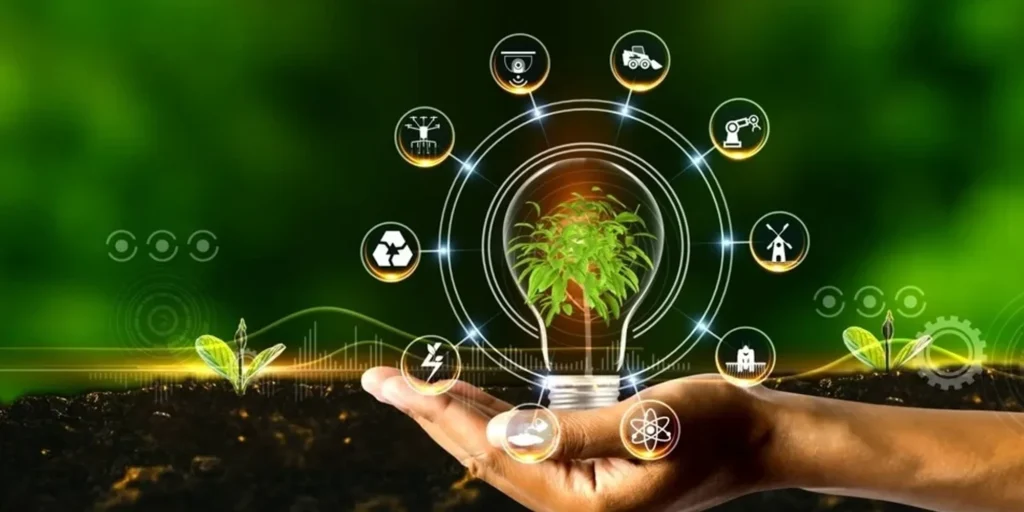
These technologies combine to generate renewable electricity, with notable breakthroughs like floating solar farms, high-capacity wind turbines, and next-gen battery storage systems.
An excellent example of renewable energy innovation is the Hywind Scotland floating wind farm, the world’s first. Located off the coast of Scotland, it uses advanced floating turbine technology to generate renewable electricity in deep-water areas previously inaccessible to traditional wind farms.
Another pioneering green technology you will find interesting is smart building technology. Green buildings integrate energy-efficient systems, sustainable materials, natural lighting, and passive heating and cooling to minimize environmental impact.
Furthermore, engineers use eco-friendly techniques like modular designs, 3D-printed structures, and passive house standards with innovative materials, such as recycled components, carbon-capturing concrete, and sustainable insulation.
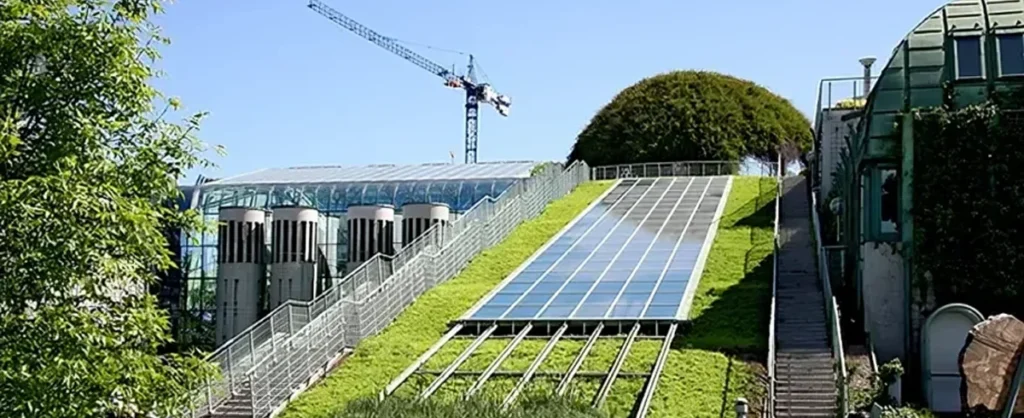
The Bosco Verticale (Vertical Forest) in Milan, Italy, exemplifies green building practices by integrating sustainable materials and innovative techniques. The twin residential towers feature thousands of trees and plants on their facades, which act as natural insulation, improve air quality, and reduce urban heat.
Together, these approaches contribute to sustainable engineering by reducing waste, lowering energy consumption, and improving resource efficiency.
Several innovative ideas have been created to address the global waste crisis by developing water reclamation systems, greywater recycling, and advanced filtration methods.
In addition, you can use AIoT technology to monitor and control water usage in urban and industrial settings, allowing for early detection of leaks, distribution, and reduction of water waste.
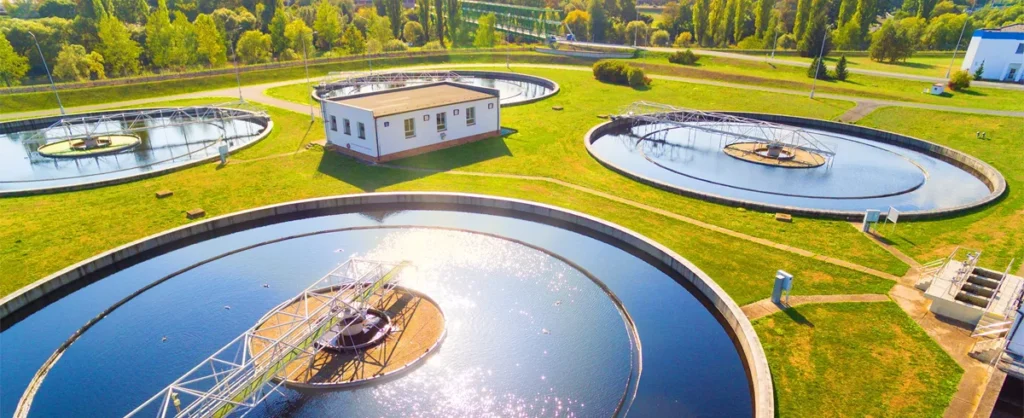
The Orange County Water District (OCWD) Groundwater Replenishment System in California is a standout example of advanced water reclamation. It reclaims wastewater and purifies it through advanced filtration methods to produce high-quality potable water.
This system conserves water in a drought-prone region and reduces reliance on imported water, showcasing how innovative treatment technologies address water scarcity.
The circular economy is another latest technology in sustainable engineering used to reduce reuse and recycle waste. This approach uses a closed-loop system and a sustainable cycle to convert waste into valuable resources.
For instance, waste-to-energy processes can help you turn waste products into usable energy, reducing landfill use while generating power. Furthermore, Industrial symbiosis and material recycling support this cycle, as one industry’s byproducts become raw materials for another, conserving resources and promoting sustainability across sectors.
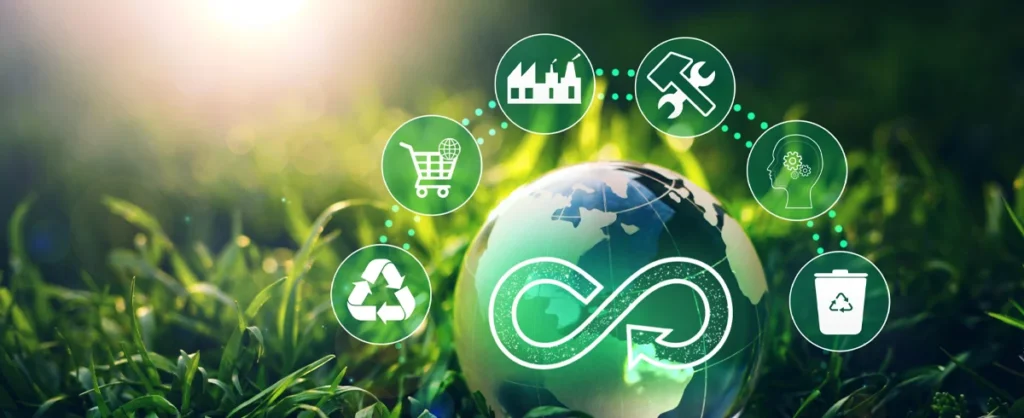
The Kalundborg Symbiosis in Denmark is a prime example of industrial symbiosis within a circular economy. This network of companies exchanges byproducts, such as steam, water, and waste materials, turning them into resources for other industries.
For example, excess heat from a power plant is used to heat homes, and waste products from pharmaceutical production are converted into fertilizers.
CCUS technologies capture carbon dioxide emissions from industrial sources, preventing their release into the atmosphere. These emissions are repurposed into valuable products like fuels, building materials, and plastics, driving innovation in carbon utilization.
Recent advancements demonstrate the potential for turning waste CO₂ into resources, making industries more sustainable and eco-friendly.

CCUS technologies have been deployed in projects like the Boundary Dam Power Station in Canada, which captures CO₂ from coal-fired power plants to prevent atmospheric release. This real-world application showcases the transformative potential of CCUS in addressing climate change.
Green hydrogen is produced by splitting water into hydrogen and oxygen using renewable energy sources like solar or wind power. You can use it as a clean fuel in transportation, energy storage, and industrial processes. This technology reduces reliance on fossil fuels and cuts greenhouse gas emissions, offering a sustainable solution for a greener future.
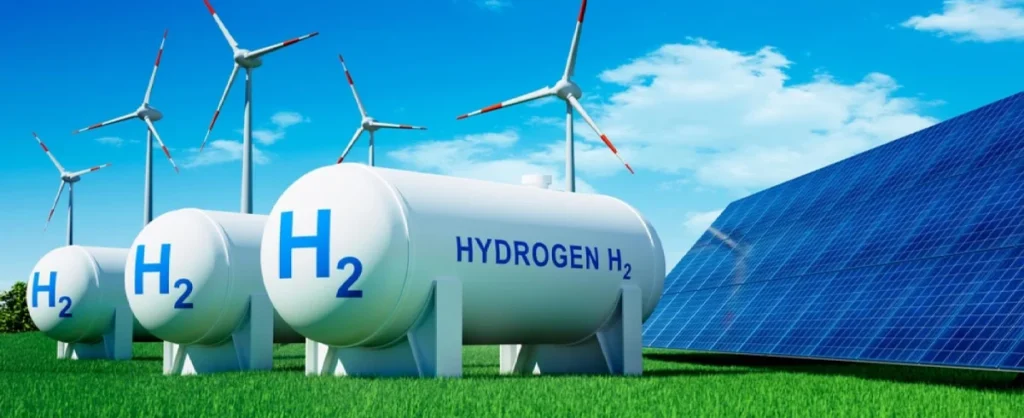
For example, Green Hydrogen is making an impact through projects like the Hybrit initiative in Sweden, which produces fossil-free steel by replacing coal with green hydrogen in steelmaking. In the transportation sector, Toyota’s Mirai hydrogen fuel cell vehicle and initiatives like the H2 Mobility network in Germany demonstrate how green hydrogen can power cars and refueling stations.
These projects offer a clean energy alternative and highlight green hydrogen’s role in reducing industrial and transportation emissions.
Electric vehicles represent a breakthrough in sustainable engineering. They offer a clean alternative to traditional fuel-powered cars. EVs reduce carbon emissions, improve air quality, and promote renewable energy integration. The intersection of EVs and smart cities is also shaping urban mobility by offering a sustainable way for you to move around.
Tesla’s electric cars, such as the Model 3, are a leading example of EV technology revolutionizing transportation by reducing reliance on fossil fuels.
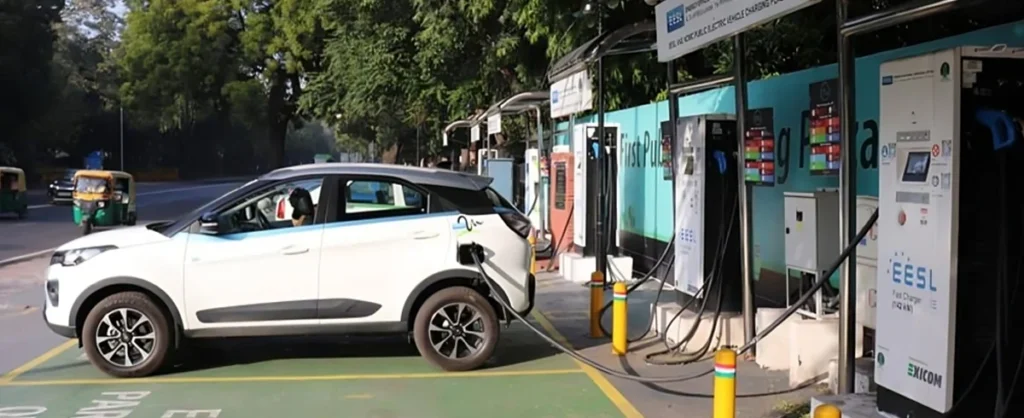
In the meantime, public transit systems are also adopting EVs, like the BYD electric buses used in Shenzhen, China, where the city’s bus fleet is fully electric.
Finally, companies like Rivian produce EVs for commercial use, including Amazon’s delivery vans, contributing to sustainable logistics solutions.
Sustainable engineering redefines how we interact with the planet, emphasizing balance and environmental stewardship. Emerging technologies like edge computing further enhance sustainability by optimizing energy use and improving design efficiency.
Innovations like Google’s carbon-neutral data centers demonstrate how companies merge technology with sustainability to achieve lasting impacts. This example underscores the transformative potential of sustainable engineering in shaping a better future for you. By merging innovation with sustainability, we can create a lasting positive impact for future generations.
Sign up to receive our newsletter featuring the latest tech trends, in-depth articles, and exclusive insights. Stay ahead of the curve!